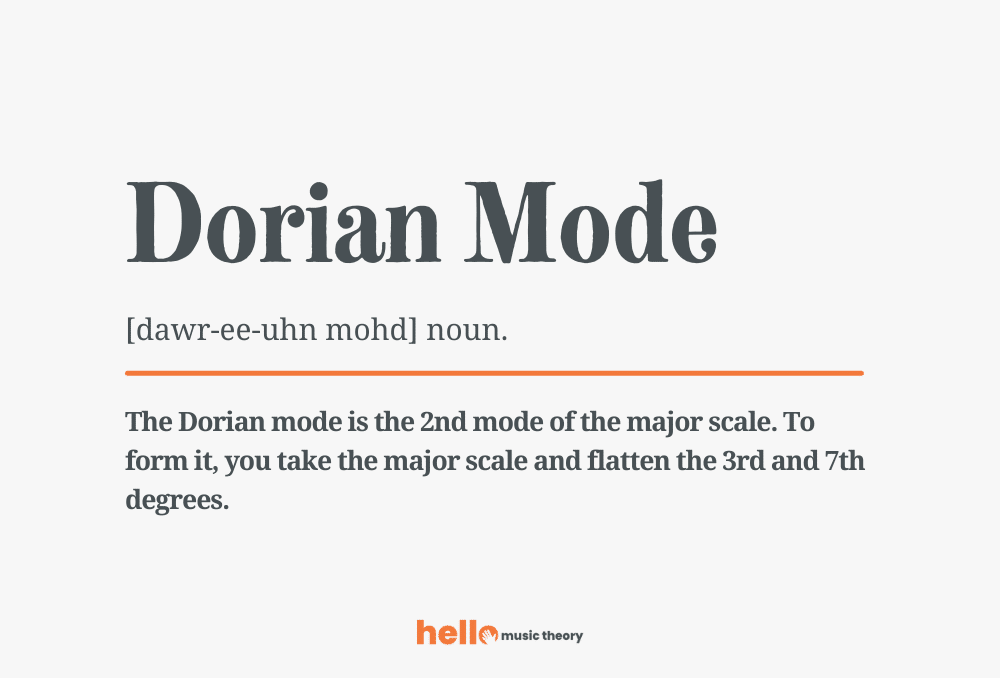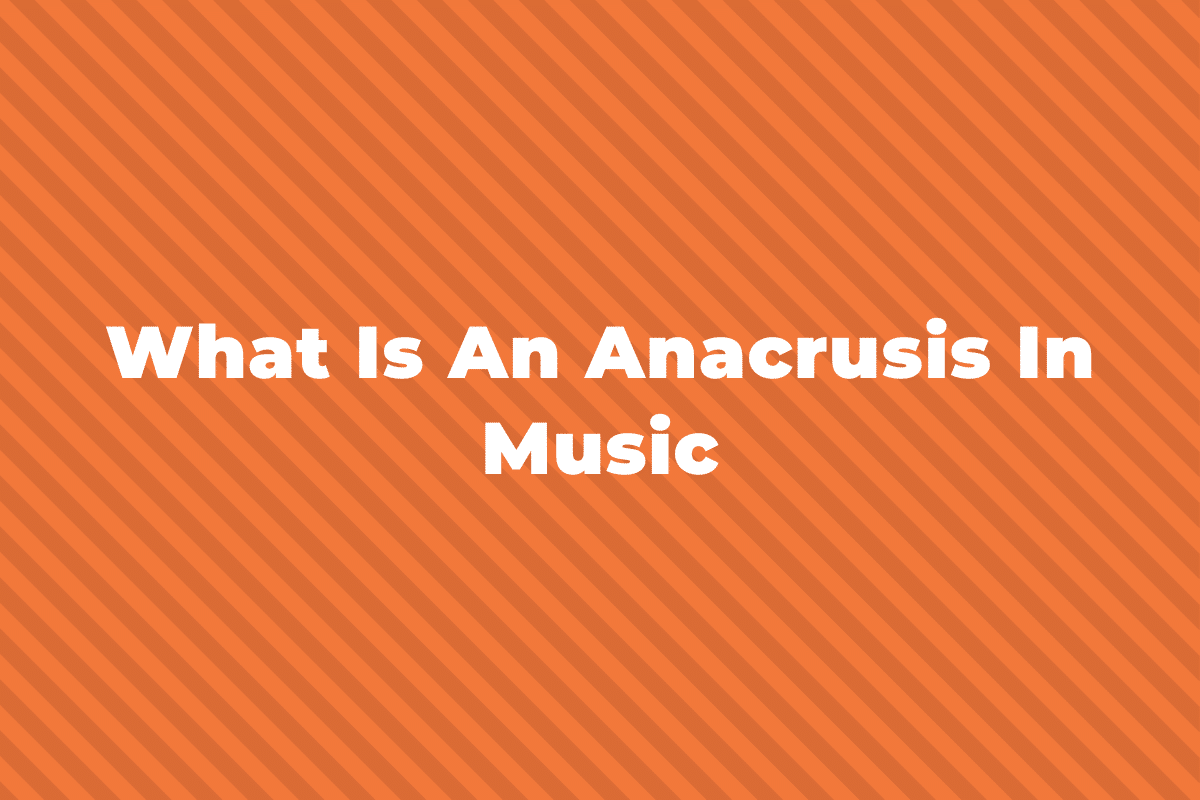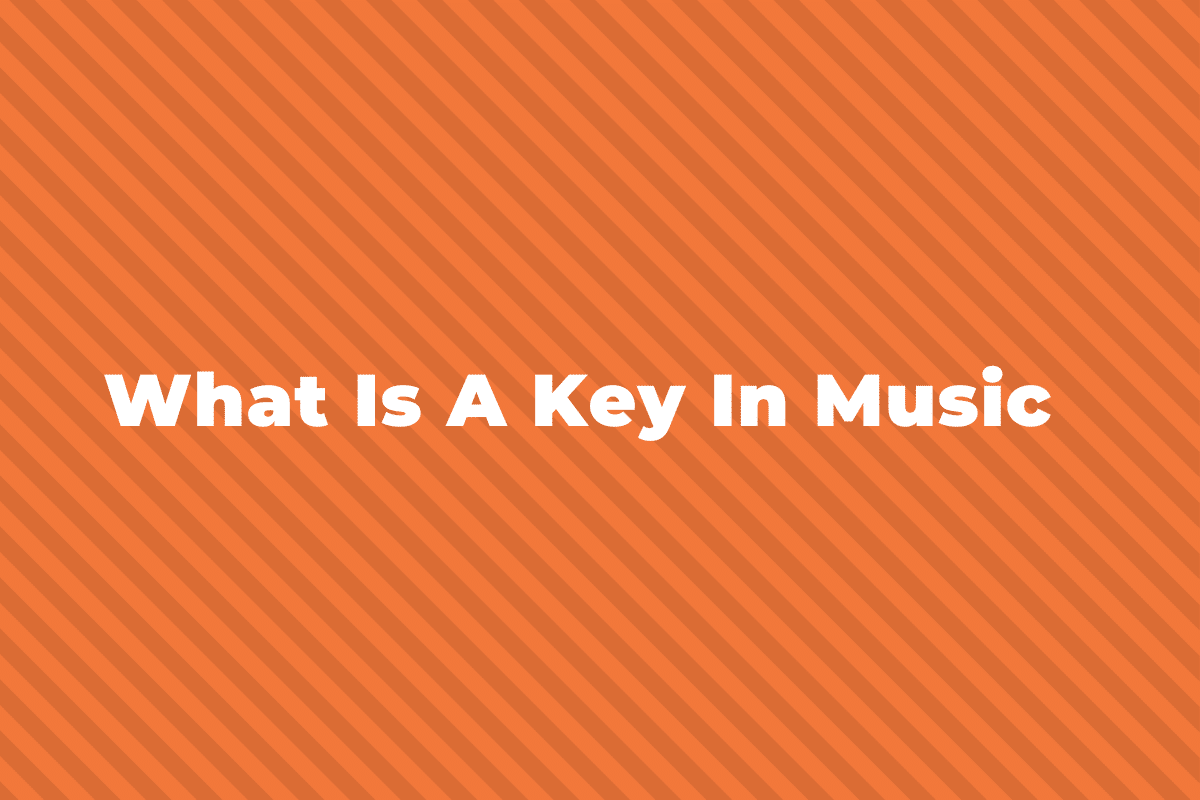There are lots of different types of scales in music. Some are a lot more familiar than others. There are a series of scales called modes, which are types of scales based on the major scale. One of those is called the Dorian mode.
In this post, we’re going to cover what the Dorian mode is, along with how to form it, and how it’s used in music today.
What is the Dorian Mode?

The Dorian mode, sometimes called the Doric mode, is the second of seven modes of the major scale.
If you were to play all the notes from C major but starting on D you would have played D Dorian scale.

It uses the formula of semitones and tones: T – S – T – T – T – S – T.
Which in half and whole steps is: W – H – W – W – W – H – W.
What are Modes?
As I mentioned, the modal scales (sometimes called the Greek modes) are a series of seven diatonic scales that are based on the major scale.
Each of them is constructed by playing a major scale but starting on a different scale degree.
For instance, if you were to play all the notes of C major scale starting on G, you would be playing G Mixolydian mode.
Or if you were to play the notes of C major starting on E, you would have played E Phrygian mode.
| Mode name | Notes |
| C Ionian mode | C – D – E – F – G – A – B |
| D Dorian mode | D – E – F – G – A – B – C |
| E Phrygian mode | E – F – G – A – B – C – D |
| F Lydian mode | F – G – A – B – C – D – E |
| G Mixolydian mode | G – A – B – C – D – E – F |
| A Aeolian mode | A – B – C – D – E – F – G |
| B Locrian mode | B – C – D – E – F – G – A |
Degrees of the Dorian Scale
The Dorian scale is a type of minor mode which means that the 3rd note of the scale is lowered by a half step (semitone).
It also has a flattened 7th note.
- 1. Root
- 2. Major second
- b3. Minor third
- 4. Perfect fourth
- 5. Perfect fifth
- 6. Major sixth
- b7. Minor seventh

The fact that it has a minor 3rd and 7th makes it quite a dark and sad-sounding mode
Couple that with the major 6th and you have a very interesting scale to play around with.
It has a brightness to it that the other minor modes don’t have.
Music Written in the Dorian Mode
There have been a number of famous pieces of music written using the Dorian scale.
Probably my favorite example is So What by Miles Davis.
This is a great piece to introduce musicians to the Dorian scale as it’s mostly in D Dorian scale (which is just all the white notes on the piano).
It does modulate to Eb Dorian which is a little trickier but definitely a good place to start.
Another famous song that is written using the Dorian scale is Eleanor Rigby by The Beatles.
It really shows the sound of the mode off well as it is clearly quite a melancholic sound utilizing the minor 3rd but the major 6th throws you off a bit with its brightness and optimism.
Related: Check out our list of songs that use the Dorian mode here.
List of Dorian scales
Below is a list of all the Dorian modes and I’ve listed the notes for each scale too.
| Key | Notes in the Dorian scale |
| C | C – D – Eb – F – G – A – Bb – C |
| C# | C# – D# – E – F# – G# – A# – B – C# |
| Db | Db – Eb – Fb – Gb – Ab – Bb – Cb – Db |
| D | D – E – F – G – A – B – C – D |
| D# | D# – E# – F# – G# – A# – B# – C# – D# |
| Eb | Eb – F – Gb – Ab – Bb – C – Db – Eb |
| E | E – F# – G – A – B – C# – D – E |
| F | F – G – Ab – Bb – C – D – Eb – F |
| F# | F# – G# – A – B – C# – D# – E – F# |
| Gb | Gb – Ab – Bbb – Cb – Db – Eb – Fb – Gb |
| G | G – A – Bb – C – D – E – F – G |
| G# | G# – A# – B – C# – D# – E# – F# – G# |
| Ab | Ab – Bb – Cb – Db – Eb – F – Gb – Ab |
| A | A – B – C – D – E – F# – G – A |
| Bb | Bb – C – Db – Eb – F – G – Ab – Bb |
| B | B – C# – D – E – F# – G# – A – B |
Summing up the Dorian scale
That wraps up our guide to the Dorian mode! We hope you found it helpful to explain everything there is about the Dorian scale.
It’s a unique and versatile musical scale that has been used in a wide variety of styles of music. When you’re at your instrument next, have a play around with it to discover some of the unique sounds you can create.
Its minor tonality and characteristic sound make it a popular choice for both composers and musicians.
If you enjoyed learning about the Dorian mode, be sure to check out some of our other articles on other modes, like the Phrygian mode, which is the 3rd mode of the major scale.



